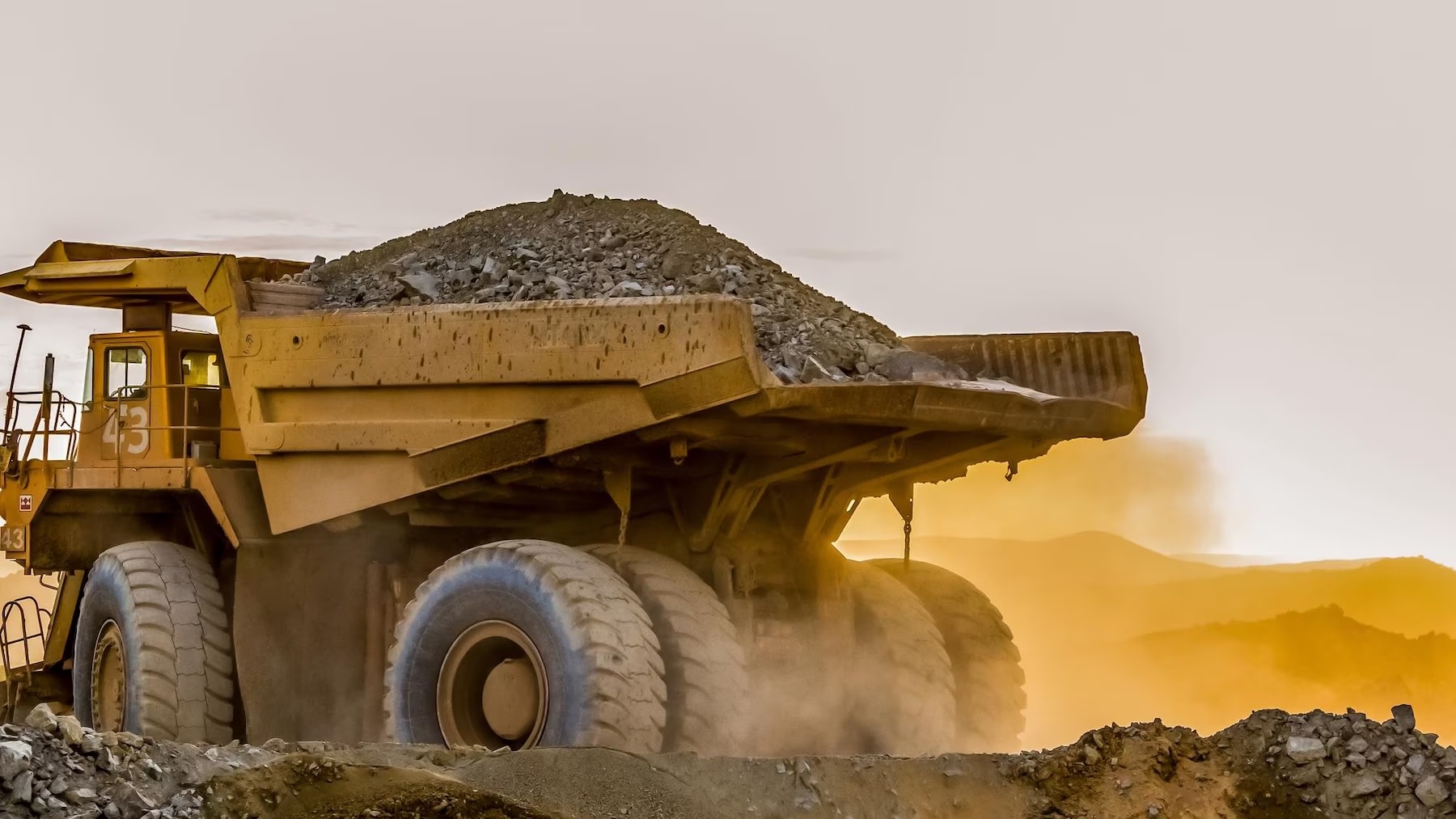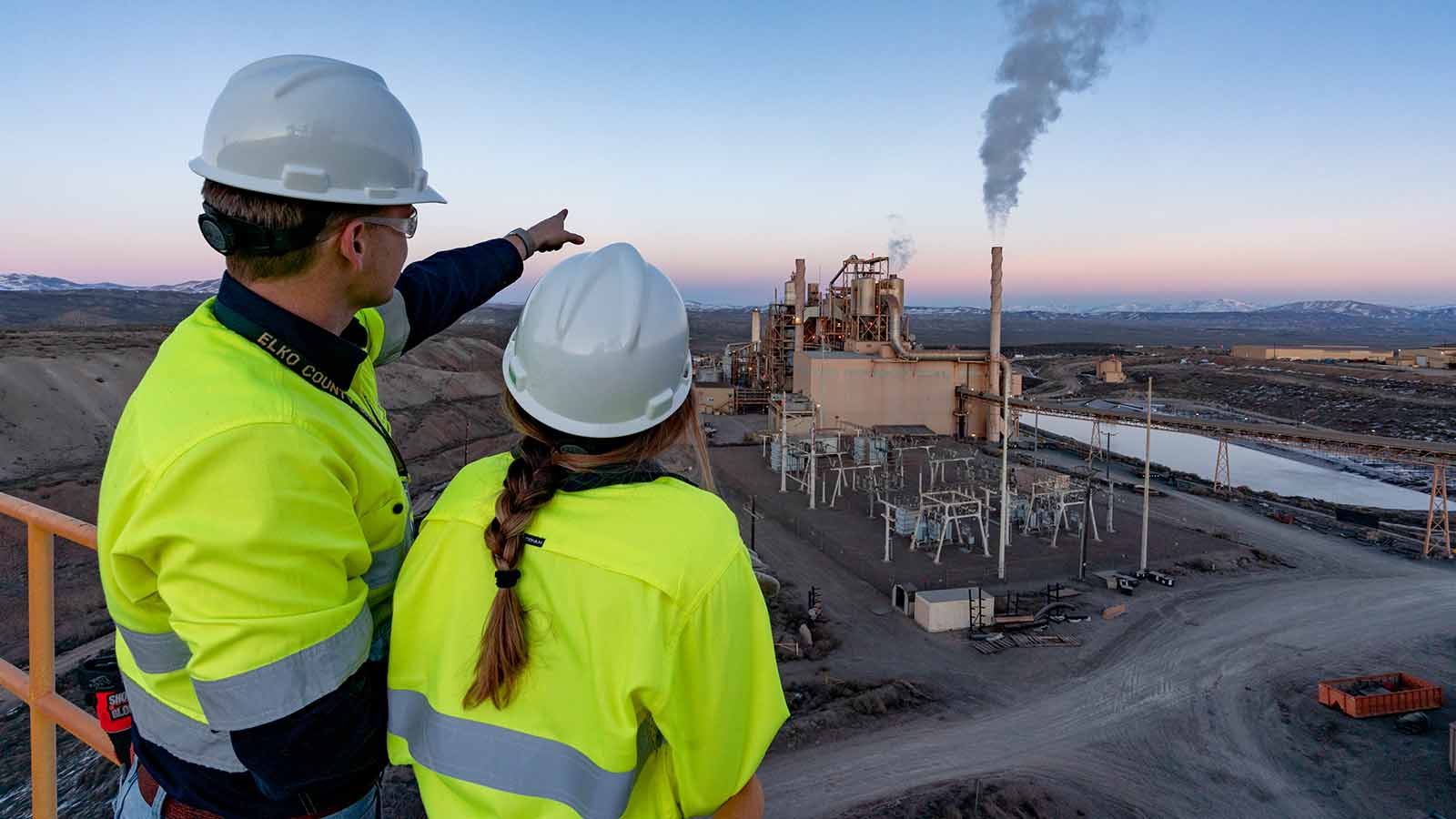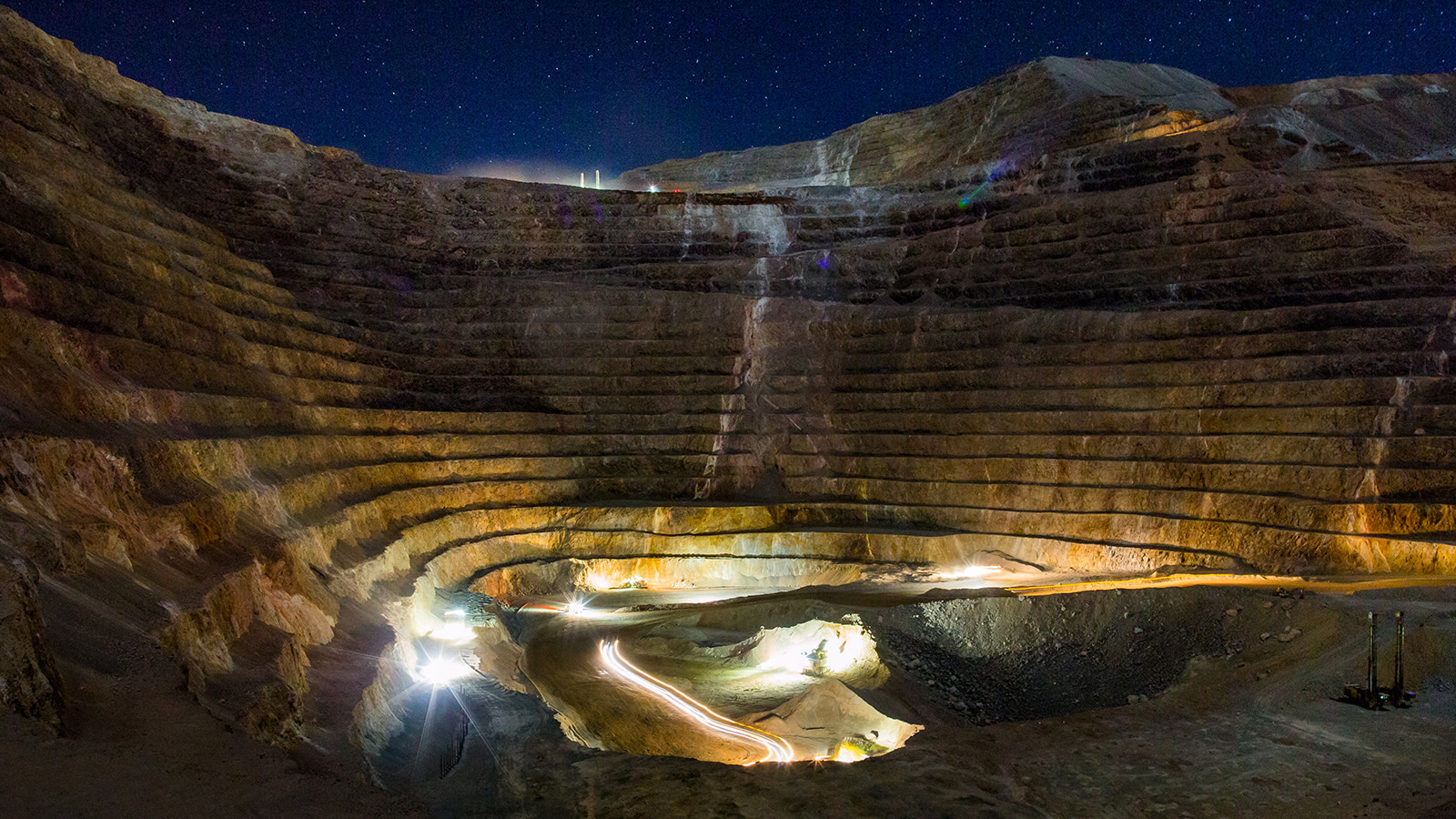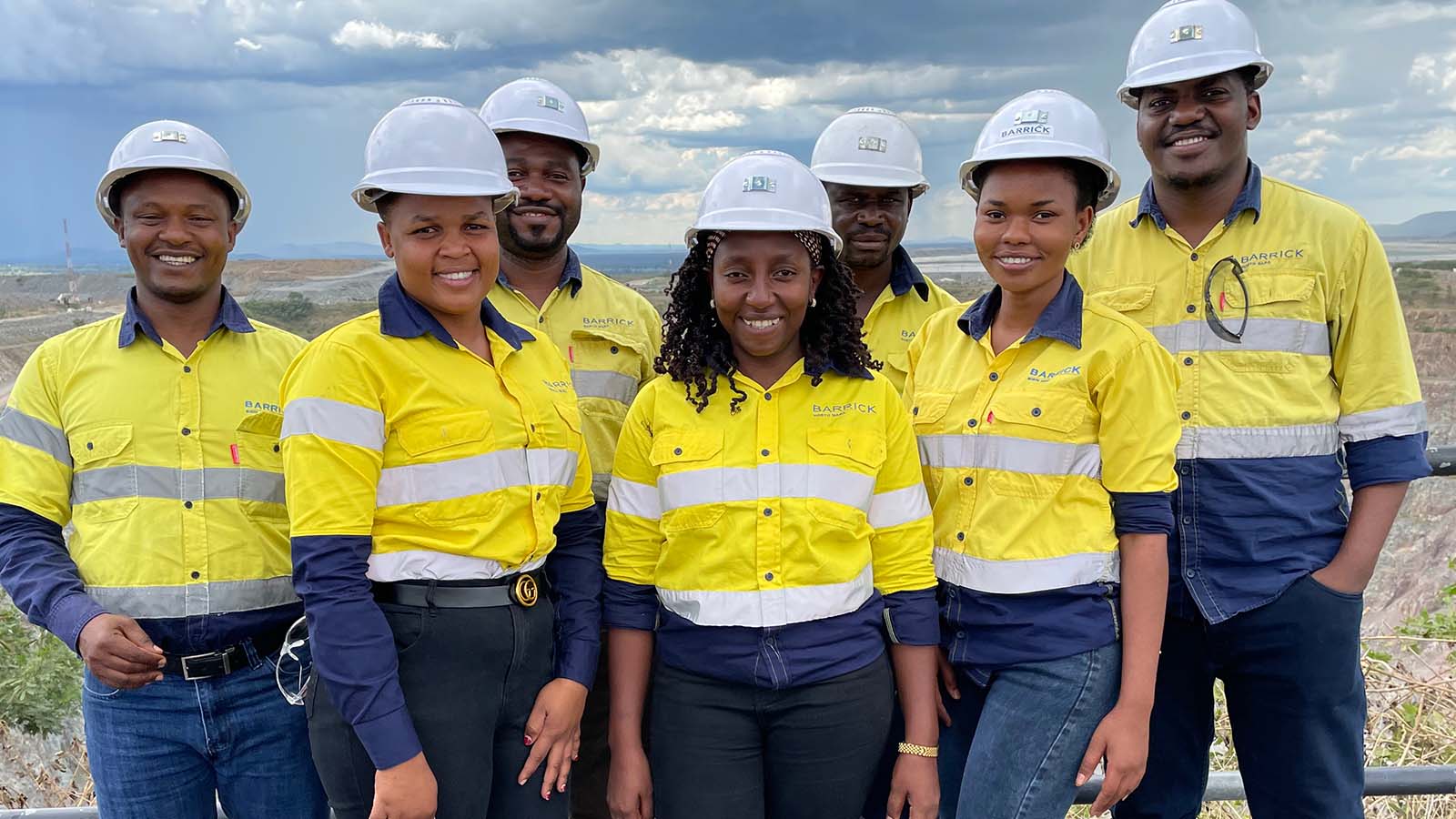What Gold Companies Are Doing To Become More ESG Compliant
Barrick Gold Corp

With environmental, social, and governance (ESG) issues becoming more popular, there are plenty of businesses looking to comply with investor concerns. We see this through their ESG reports as well as extensive data on a wide variety of industries.
But an unlikely industry that is also doing this is the gold mining industry, a sector in which economic growth needs to find ways to coexist with, above all, environmental issues. Extractive economic activities are, by their nature, key areas of climate change focus, for activists and investors alike, with regard to climate action and environmental protection. The visible environmental impact on natural habitats, land, developing countries, energy use and carbon footprint of operations, and the debatable economic benefits for local communities, all put the development of future mines in the public spotlight in many countries.
Since their introduction in 2016, the United Nation's Sustainable Development Goals (SDGs) have been taken as a framework for the development of economic sustainability in the sector, purported to be driven by social sustainability as well as for the environment.
Featured Article: SDGs for SMEs - The Importance of UN Goals for your Business
Environmental Sustainability: A Realistic Option?
Like oil drilling or coal mining, it’s evident that becoming ESG-compliant will be challenging for gold producers. ESG ratings may provide a skewed picture: social progress, for example, that powers the social sustainability component of ESG, may be championed, while environmental factors that add up to the total emissions picture may be overlooked.
Economic Growth & Goals
Admittedly, it's challenging for any business in any sector to try and focus on 'all' elements of ESG, it makes sense for a company to 'pick a niche' and focus on its sustainable development. The World Gold Council report, "Gold Mining's Contribution to the UN Sustainable Development Goals" points out that due to its ''versatile and significant global value chain compared to other commodities", the gold sector is well placed to broadly address the SDGs.
Featured Article: Top 5 Social Sustainability Examples You Need To Know
Industry Principles
Specifically, that comment developed into the 2019 publication of the "Responsible Gold Mining Principles" (RGMPs) via the Council to outline where all "responsible gold mining companies" can enter a 3-year implementation phase that will lead up, via 3rd party audits, to full compliance with the RGMPs, which comprise the following areas:
Global Partnerships: with local communities, to improve development outcomes across a range of economic and social sustainability indices (SDG17).
Social Inclusion: to ensure gold mining the Conflict-Free Gold Standard is upheld, while contributing to gender equality (SDG5), reduced inequalities (SDG10), and improved justice in institutions (SDG16).
Economic Development: making wide-ranging social development contributions to the communities in which a company operates, from fair wages to infrastructure, health, and the protection of labour rights (SDGs 1,2,3,4,8,9)
Responsible Operations, Energy and the Environment: improving resource use (SDG15) effectiveness on the road to decarbonisation: fossil fuels, water, natural gas consumption, energy use reductions; electricity use monitoring, development of renewable energy use, solar PV, heat pumps; sanitation and hygiene (SDG6).
To (pardon the pun) 'drill down', here are several examples of how the gold mining sector is implementing ESG compliance:
Recycled Water
Recycling water has been a part of the gold-producing industry for a while, since gold mining uses between 16 and 26 million gallons of water each day. In perspective: one tonne of gold requires 250,000 m3 of water. This is an example that is evidently ripe for major progress, and adopters are using recycled water to offset freshwater relative to their production output.
The added benefit of creating a recycled, circular water use system is that it obviates the need to maintain 'tailing dams', reservoirs built to store mining water. Lowering the overall consumption of resources in this manner must, however, consider them in the context of the mine's full life cycle environmental strategy through operations till full closure, to minimise impact on the surrounding environment, natural resources, and biodiversity.
Greenhouse Gas Emissions & Renewable Energy
The biggest problem in the environmental portion for gold producers is greenhouse gas (GHG) emissions, to the point that it’s overly ambitious for senior gold producers to claim that they’ll reduce emissions by 2030 and be carbon neutral by 2050. The problem is two-tiered:
First, the deposits are becoming more complex, especially when trying to recover the ore.
Second, the ore is tougher to find and requires older mines to dig further.
The industry itself is already moving away from the current infrastructure it has, but it doesn’t change the fact existing mining operations are using more carbon for everything. Depending on the open pit mines, it requires more carbon to dig, extract and haul, all in energy derived from fossil fuels.
However, the race for full electrification is tentatively on. The Borden Gold project in Ontario, Canada, is the world's first mine to go 100% in its electricity use. That means all hauling trucks, vehicles, and blasting equipment is battery powered, effectively eliminating all associated GHG emissions with the actual processes that take ore out of the ground. Additionally, since there are zero diesel emissions within the mine, energy use of ventilation is reduced by half.
Other companies are still doing their best to keep energy and emissions as low as they can. The companies with the lowest carbon emissions are Centerra Gold and Compania de Minas Buenaventura. Dundee Precious Metals, and Torex Gold Resources, all leading in the least amount of energy used.
Gender Diversity, Boosted Safety
Scotiabank analysts conducted a 10-year trend on ESG data for the gold industry. Between those environmental developments, they also found some other surprising developments:
There was a 25% drop in total injuries reported.
And a flatline in gender diversity at 12%.
There have been several companies, like Wheaton Precious Metals, Franco-Nevada, and Royal Gold, that have been leading the charge in gender diversity. Though these companies have a more natural advantage since they are gold royalty and streaming companies, an industry with a smaller workforce and mainly corporate office positions,
In the case of boosted safety, several companies make it a core value to enforce safety and health standards. Barrick Gold is one of the top-rated companies in terms of health and safety and offers a robust safety management system.
More Board Diversity
Even though the gender diversity on the lower levels is flatlining, including executive level positions, there is more gender diversity amongst the board of directors, as Scotiabank pointed out. Currently, about 31% of board members at gold mining companies are female.
At the executive level, women average around 14% of positions during the last decade, up to 16% in 2021. Companies like Torex Gold Resources and Endeavour Mining are showing promise in this area, actively working to improve the representation.
Final Extraction
These are all, however, measures relating to ESG compliance, therefore adherence to mandated regulations. These are not voluntary measures, but things gold mining firms must do. It's also important to recognise that, at the national and international development levels, environmental and social progress in particular require adequate oversight mechanisms to effectively implement, notably in developing countries.
For example, the United Nations Development Programme (UNDP) worked with the government of Guyana to intensively monitor gold mining practices in light of biodiversity protection, with measurable success. If the resources are available in many regions. governments can share the cost of the necessary research required to ensure mandated regulations take effect. However, what proportion of mines will be eligible for assistance of this kind?
Simply put, there need to be more diverse ways to empower local governments to direct oversight on obligations. The major mining concerns are headquartered out of industrialized countries, yet operate in countries where extreme poverty, and fragile social & economic development are the norm. Laudable as efforts such as the RGMPs may be, we still need to ensure they are transparently adhered to, through robust reporting, so that the gold mining sector doesn't lose its ESG lustre.
Track and compare mining sector ESG progress via published ESG ratings and sustainability reports, go to our Company ESG Profiles page. Search via sector, or by typing the appropriate search term, for example 'mining' or 'metals' to automatically list relevant companies.






